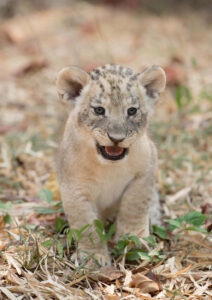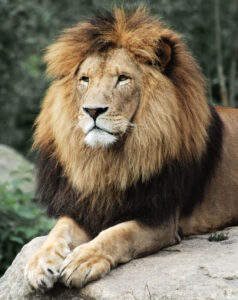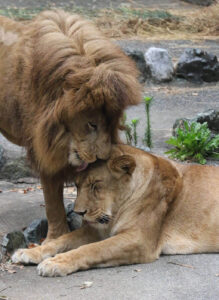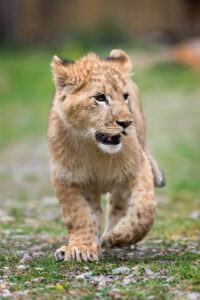Lions, often referred to as the "King of the Jungle," are majestic creatures that have fascinated humans for centuries. Their mating habits, in particular, are a subject of intrigue and wonder. In this article, we delve deep into the world of lions to understand when and how they mate.
Key Takeaways
- Lions are polygamous and can breed throughout the year.
- The mating cycle of lions is unique, with females being receptive for only a few days.
- Extended copulation ensures paternity and stimulates ovulation in the female.
- Cubs face a high mortality rate in the wild, with many challenges to their survival.
- Human-lion conflict poses a significant threat to the lion population.
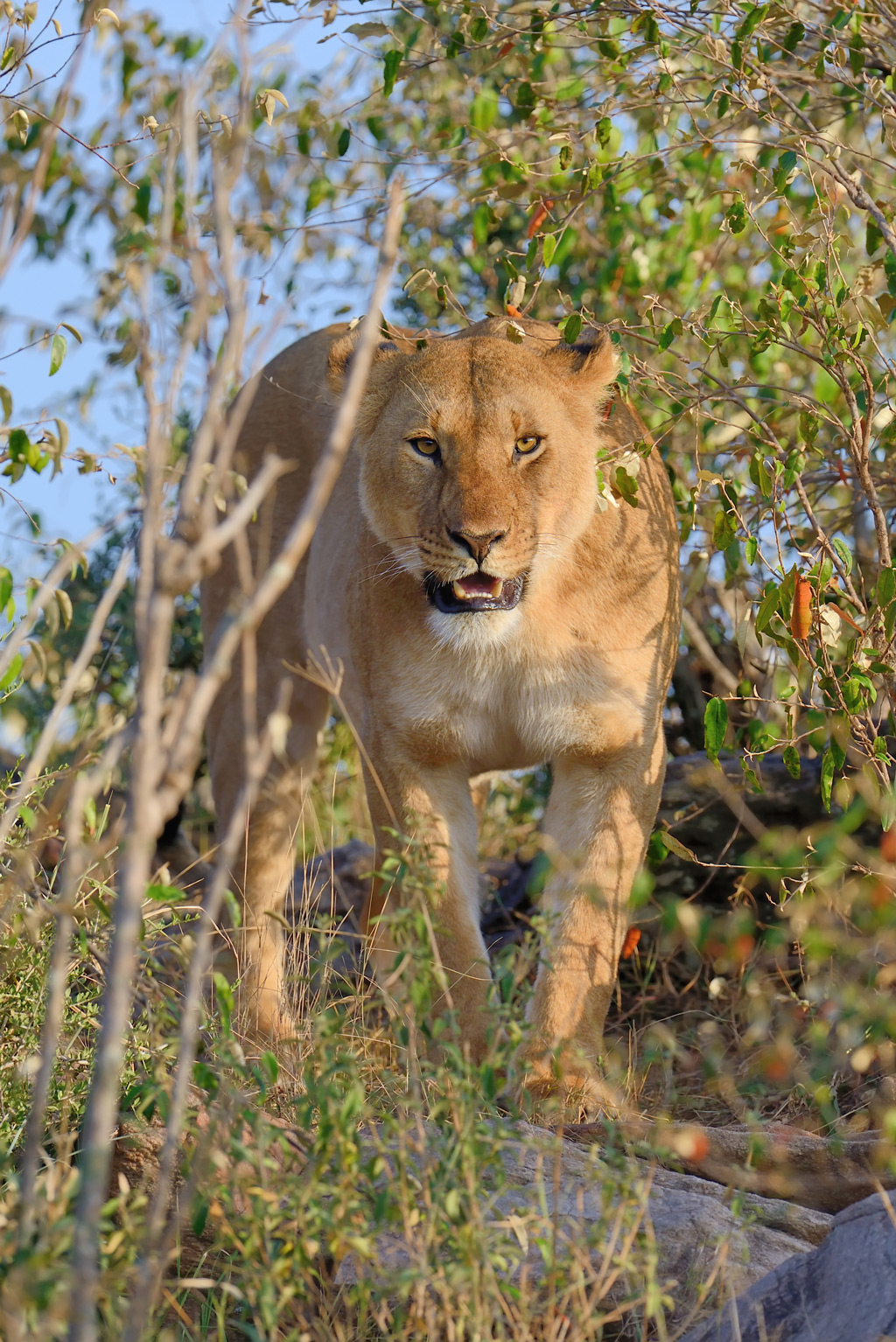
The Mating Cycle of Lions
Both male and female lions are polygamous, meaning they mate with multiple partners. While they can breed throughout the year, females are typically restricted to mating with one or two dominant males in their pride. In captivity, lions might breed annually, but in the wild, it's more common for them to breed once every two years.
During the female's reproductive cycle, she becomes receptive to mating for about three to four days. During this period, a lion pair will mate approximately every 20-30 minutes, amounting to up to 50 copulations in a 24-hour span. This extended mating not only stimulates ovulation in the female but also ensures the male's paternity by preventing other males from mating with her.
After a gestation period of roughly 108 days, a lioness will give birth to a litter that can range from one to six cubs. However, two to four cubs per litter is the usual number.
https://www.youtube.com/watch?v=uSV-6ZrQhOg
Challenges Faced by Lion Cubs
Newborn lion cubs are vulnerable. They are born blind and have a thick coat adorned with dark spots, which usually fade as they mature. By the age of three months, cubs can start following their mothers and are typically weaned by six or seven months. They begin participating in hunts by 11 months, but they usually can't survive on their own until they're two years old.
Surprisingly, lionesses can sometimes be inattentive mothers, leaving their cubs unattended for up to 24 hours. This lack of constant care, combined with other challenges in the wild, leads to a high mortality rate among cubs. However, once cubs reach the age of two, their chances of survival significantly improve.
The Life of Male Lions
Male cubs face a different set of challenges. They are expelled from their pride at around three years of age, leading a nomadic life until they are strong and mature enough to challenge other males for dominance over a pride. This usually occurs after they turn five. Many adult male lions remain nomads for their entire lives.
Mating opportunities for these nomadic males are rare, and the competition is fierce. Partnerships or coalitions between two to four males have a higher success rate in maintaining control over a pride compared to individual males. Larger coalitions tend to father more surviving offspring per male.
https://youtube.com/watch?v=Oi32e1ObqgQ
Threats to the Lion Population
Lions face numerous threats in the wild. Human-lion conflicts, especially with herders, pose a significant challenge. Lions living around parks are often at risk, with humans being a major source of mortality for many lion populations. Diseases, such as the variant of canine distemper that affected the Serengeti National Park in 1994, can also have devastating effects on lion populations.
Despite these challenges, lions remain a major tourist attraction in many African reserves. High lion population densities can be problematic, not just for local ranchers but also for other endangered carnivores like cheetahs and African wild dogs, which often lose their kills and lives to lions.
https://youtube.com/watch?v=aJ4nWuU3Zn4
Lions and Their Relations
The genus Panthera includes not just lions but also leopards, jaguars, and tigers. In captivity, lions have been known to mate with other big cats, leading to hybrids like ligers (lion-tiger mix) and leopons (lion-leopard mix).
The Role of Nomadic Lions
Nomadic lions play a significant role in the dynamics of lion populations. These lions, usually males, are expelled from their birth pride around the age of three. They wander the savannahs and forests, often forming coalitions with other nomadic males. These coalitions increase their chances of taking over a pride, which is essential for their reproductive success.
Cooperation Among Males
Males often form partnerships, ranging from two to four individuals, to increase their chances of taking over a pride. These coalitions, especially the larger ones, have a higher success rate in maintaining control over a pride. Interestingly, while smaller coalitions usually consist of related males, larger groups can include unrelated individuals.
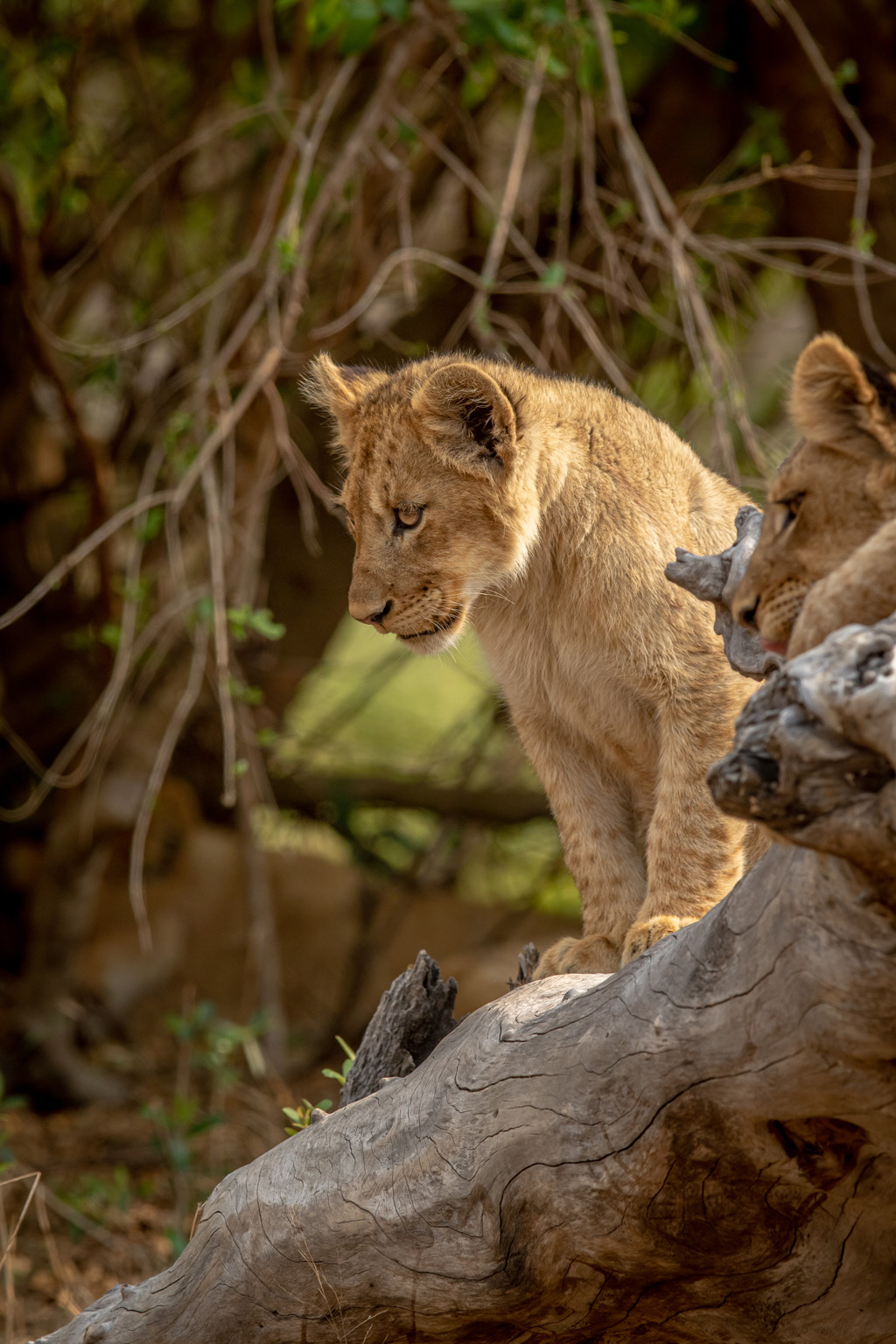
The Harsh Reality of Pride Takeovers
When a new group of males successfully takes over a pride, they often seek to eliminate young cubs sired by their predecessors. This brutal act ensures that the lionesses become receptive to mating sooner. Lionesses try their best to protect their cubs, often hiding them or directly defending them against the new males. Older cubs have a better chance of survival as they are closer to leaving the pride and can fend for themselves.
Lions and Their Interaction with Humans
Lions, being apex predators, often come into conflict with humans, especially those living on the peripheries of national parks and reserves. These conflicts arise when lions, in search of food, attack livestock. Such incidents can lead to retaliatory actions by humans, posing a significant threat to lion populations.
The Threat of Diseases
Apart from human conflicts, diseases also pose a threat to lions. For instance, in 1994, an outbreak of canine distemper led to the death of approximately 1,000 lions in the Serengeti National Park. The source of the virus was traced back to domestic dogs living around the park.
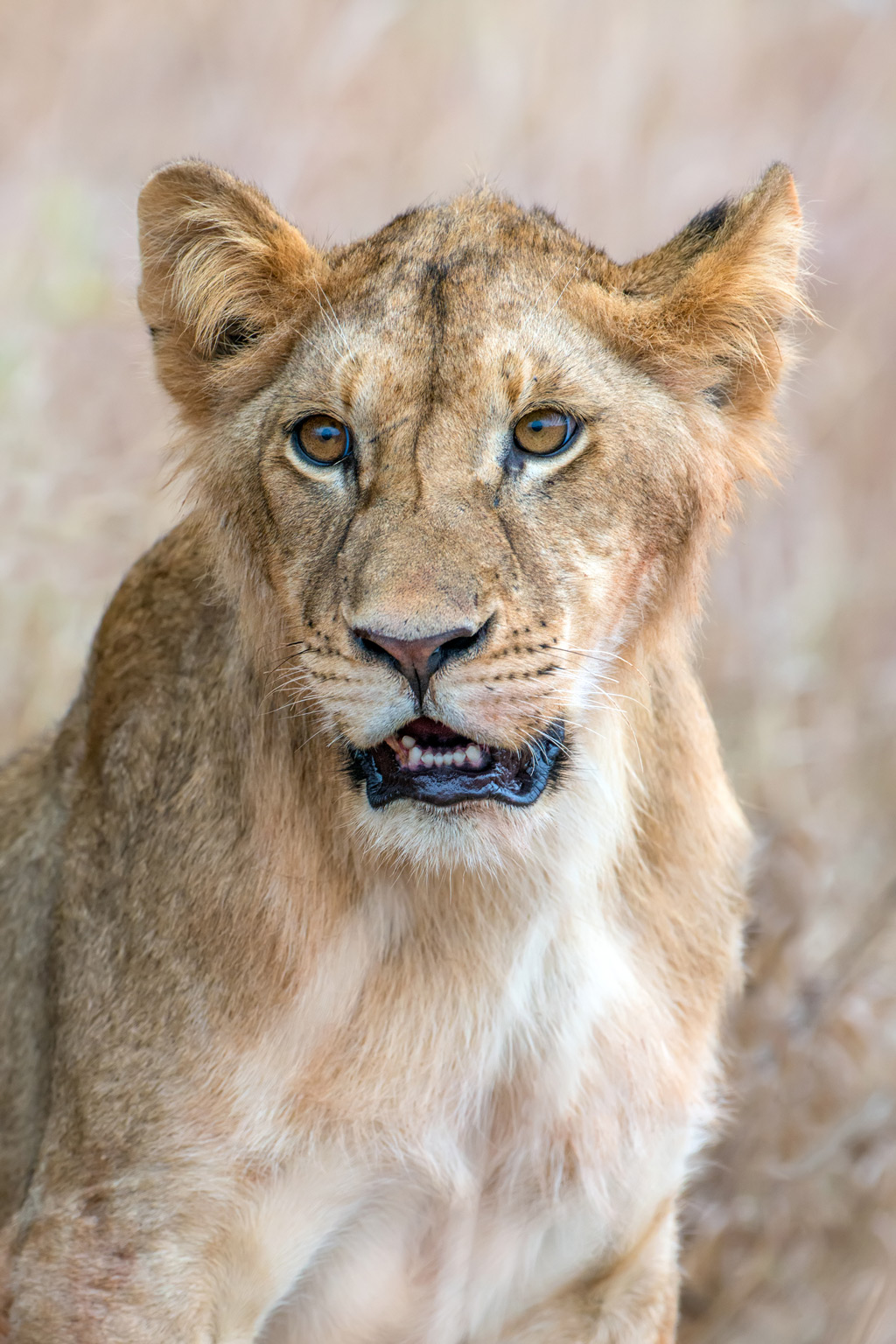
Conservation Efforts and the Future of Lions
Despite the challenges they face, lion populations in many African reserves, including the Gir National Park in India, remain healthy. These areas have become major tourist attractions, with visitors from around the world coming to witness the majestic lions in their natural habitat.
However, the increasing human population and the consequent loss of habitat pose significant threats to these magnificent creatures. Conservation efforts are in place to ensure the survival of lions and to mitigate human-lion conflicts.
For more insights into the conservation efforts for lions, check out the Afri-Leo Foundation's work in Namibia.
https://www.youtube.com/watch?v=rja-2wC1rPc
Frequently Asked Questions
How often do lions mate?
Lions can mate multiple times a day, with a frequency of every 20-30 minutes when the lioness is in heat.
Why do male lions kill cubs after taking over a pride?
By eliminating the previous male's offspring, the new dominant males ensure that the lionesses become receptive to mating sooner, allowing them to pass on their genes.
How long do lions live in the wild?
In the wild, lions usually live for 8 to 10 years. However, in captivity, they can live for 25 years or more.

